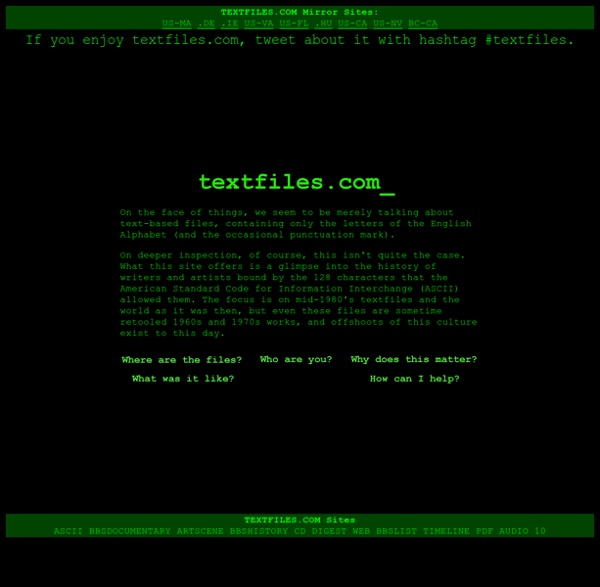



Ebook Search - Pdf Search Engine long-lines.net eBooks Space THOUGHT PATTERNS: Bookstores I used to work in a smallish independent bookstore and it was truly one of the best jobs I ever had. To be surrounded by endless glorious volumes, to enter every morning into this multicolored world of words and pictures was truly a pleasure. I loved rearranging shelves (endlessly), lining up the books this way and that. One of my favorite things, though, was ordering books for the store (it almost completely fulfilled my shopping urges, mind you, I would always overdo it with the order :), and then anticipating eagerly their arrival. Books on photography, design, fashion, art... it would take me hours and hours to find their right spot in the bookstore, to display them properly, to sneak careful peeks through the pages. It was one of life's great pleasures. There are plenty of bookstore gems in the world and I do hope they will persevere (one of them is City Lights, which I am happy to be able to call my neighborhood bookstore), but the most charming one is Shakespeare & Co. xoxoxo
Computer History Museum Free Computer Books Every Poet Computer History Simulation Project FreeTechBooks Everything2 Xerox Alto source code Paul McJones Revised 1 September 2014 Contents A walk through the archive: people and software Hardware BCPL software Mesa software Smalltalk software Lisp software Oral histories More on the archive File names Dump/load files Disk-image files Viewable formats Raw files: endianness File types Provenance A walk through the archive: people and software Here is Butler Lampson's original memo motivating the project: Why Alto. Hardware "Although a number of people in CSL and SSL contributed to the specification of the new system, Butler Lampson, Alan Kay, and Robert Taylor were the individuals primarily responsible for shaping the design. Charles P. "The concept and structure of the Alto are due primarily to Chuck Thacker, Ed McCreight, Butler Lampson, and Alan Kay. C. In the next sections, we look first at the Alto software written in the BCPL programming language, then Mesa, Smalltalk, and finally Lisp. BCPL was designed by Martin Richards at the University of Cambridge in 1966. James H. C.
Ambr - A Joomla! Admin Template Cutting edge new features Implemented all the latest cutting edge technology and standard out of the box. HTML5 Override All Joomla's core component as well as all modules are completely HTML5 based. Responsive Design Responsive template to ensure your site content displays beautifully and intuitively on all devices. Cross-Browser Support All our Joomla Templates are fully compatible with all modern browsers including IE8+. Module Variations Module combination with styles, colors, fonts, icons and badge for ultimate exposure. Made with you in mind Next generation theme framework provide rich toolset to create and manage beautiful website Clean Interface Not boalted with too many features. Fast and Lightweight Not over boalted and highly optimized code base load website blezzing fast.
Defence Force - News Commodore Computers "Commie web page -- Better red than IBM" Commodore Business Machines was founded in 1958 by an Auschwitz survivor named Jack Tramiel. After some time in the typewriter, adding machine, and hand-held calculator markets, Commodore became first company to announce that it was producing a consumer-friendly home computer (the PET 2001). Before they filed bankruptcy in 1994, Commodore had also managed to produce the worlds first multi-media computer (the Amiga) , and what is still today the best selling computer model of all time (the Commodore 64). Although this once dominant company is no more, they still yet live in the hearts of those who loved and appreciated this early pioneer in the realm of personal computers. The first Commodore I ever layed fingers on was a PET-4032 in 6th grade. If you find anything in here you have questions or comments about, feel free to leave me email right here. To return to my home page, click here.